Everything You Need to Know About Traveling With Pets
Even the most reclusive parents sometimes have to take their pets on trips. Traveling with them involves more than packing a bag and hitting the road; you need to ensure your pet stays comfortable and is fit enough to travel. This guide contains tips to make adventures with your furry companion memorable (in a good way).
Get a Health Check-up Before Traveling

Credit: freepik
Visiting the vet is non-negotiable before hitting the road or skies with your furry companion. A thorough health check-up ensures your pet is fit for travel and helps spot potential health issues. If you’re traveling by air, remember to request a health certificate—some airlines and destinations demand it.
Microchip and ID Tag With Current Info
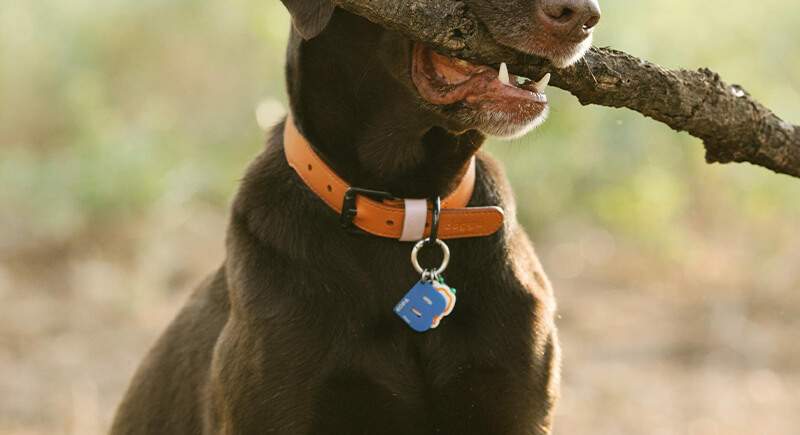
Credit: pexels
Even the most well-behaved pets can get lost in unfamiliar surroundings—which makes it all the more important to have a microchip and updated ID tag. While the microchip provides permanent identification, the ID tag offers instant contact details. Together, they’re a fail-safe combination every traveling parent should prioritize.
Research Pet Policies

Credit: freepik
Not all destinations roll out the red carpet for pets—so prior research is non-negotiable. There could be airline crate requirements or hotel pet fees and local leash laws; in any case, knowing the rules upfront saves headaches. A little online digging will ensure smooth travels and avoid last-minute surprises, especially as policies vary.
Pack Food, Water, Meds, and Familiar Items
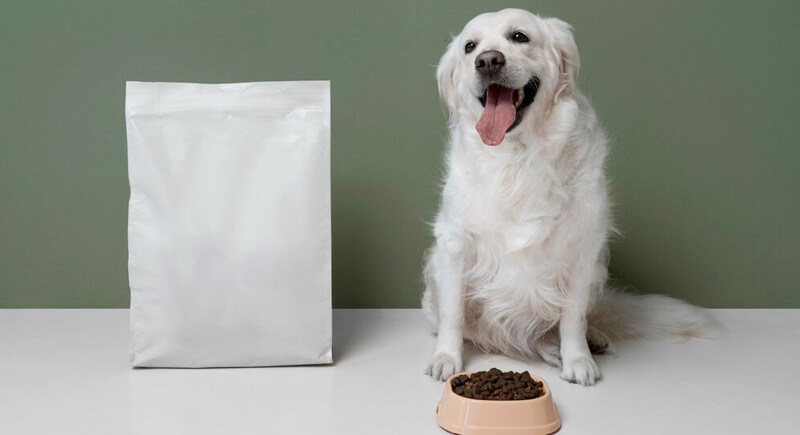
Credit: freepik
Traveling can throw your pet’s routine into chaos—but a well-packed kit can be a game-changer. Bring their regular food to avoid tummy troubles, enough water for the journey, and any medications they rely on. A bonus will be a familiar scent to ease them into this new environment.
Secure Pet With Harness or Carrier
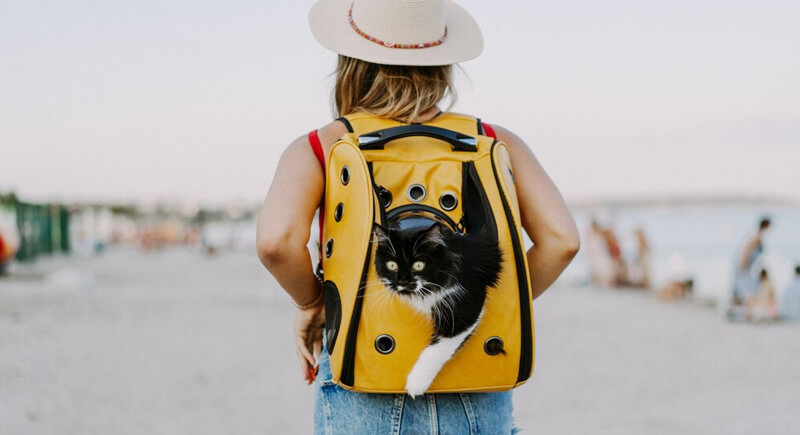
Credit: freepik
A sudden stop or curious escape attempt can turn travel into chaos. Always make sure to grab a secure harness or carrier to avoid ending up in a devastating situation. These tools keep your pet safe and contained and reduce stress for both of you.
Carry a Recent Photo of Your Pet

Credit: freepik
A recent photo can be your most powerful tool if your pet goes missing. It helps others identify them quickly—especially when sharing flyers with locals or posting online. In instances like that, every second counts, and a clear picture can make all the difference.
Map Out Pit Stops
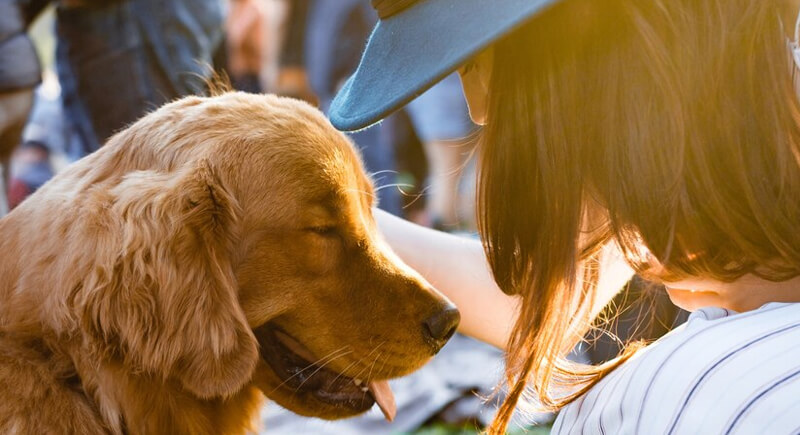
Credit: freepik
Long journeys can test even the most patient pets. Mapping out pet-friendly rest areas or parks along your route ensures your furry companion gets fresh air, exercise, and bathroom breaks. It’s for both convenience and keeping everyone happy.
Avoid Contact with Unfamiliar Animals
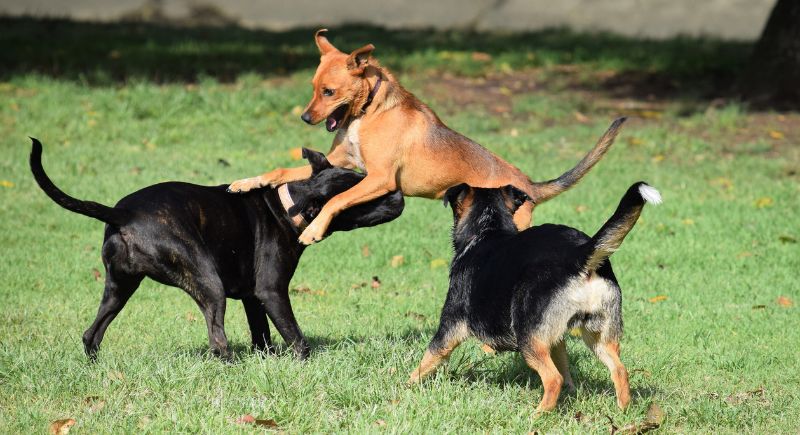
Credit: pexels
New environments often mean new animals—but not all encounters are friendly or safe. Unfamiliar pets or wildlife can carry diseases, spark aggression, or create stressful situations for your furry companion. No matter how cute that pet looks, it’s better to be cautious and admire it from a distance.
Avoid Sedation Unless Vet Recommends
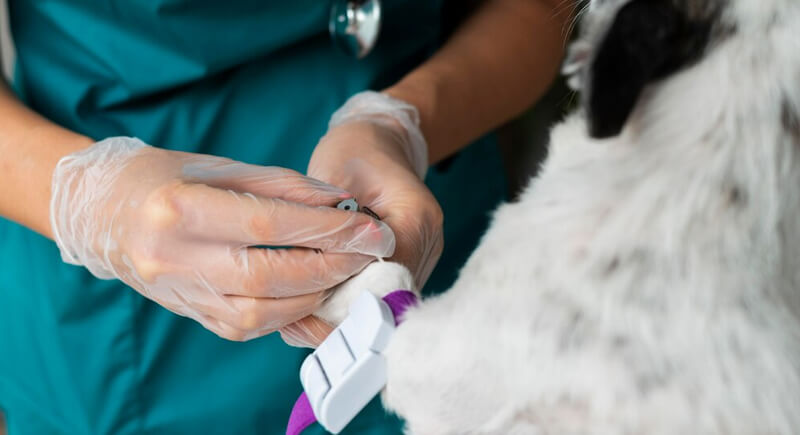
Credit: freepik
Sedation might seem like a quick fix for a nervous pet—but it’s not always the safest route. Experts advise against it as it can cause dehydration, breathing problems, or unexpected side effects. Vet-recommended alternatives or calming techniques can suffice instead. Keeping them fully awake is a better option despite the work involved.
Never Leave Pets Unattended in Vehicles

Credit: freepik
A parked vehicle can turn into a danger zone in minutes. Temperatures soar or plummet rapidly and put your pet at risk of heatstroke or hypothermia. Leave them at home or with a trusted sitter if you can’t bring them along. A pet in the car alone is never worth the gamble.
Check In Late
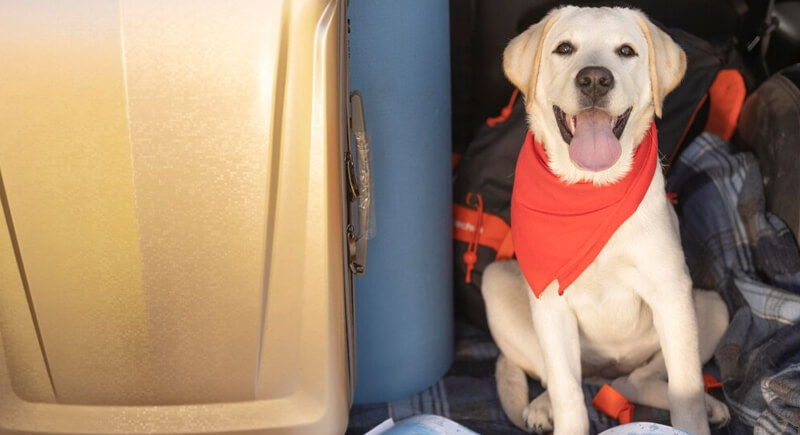
Credit: freepik
Airports can be chaotic places—hardly ideal for keeping your pet calm. Checking in late minimizes time spent in crowded terminals and the time your pet spends confined to a crate. While it has benefits, pet owners should be alert so they don’t miss the flight.
Clean up after Pets & Follow Local Rules
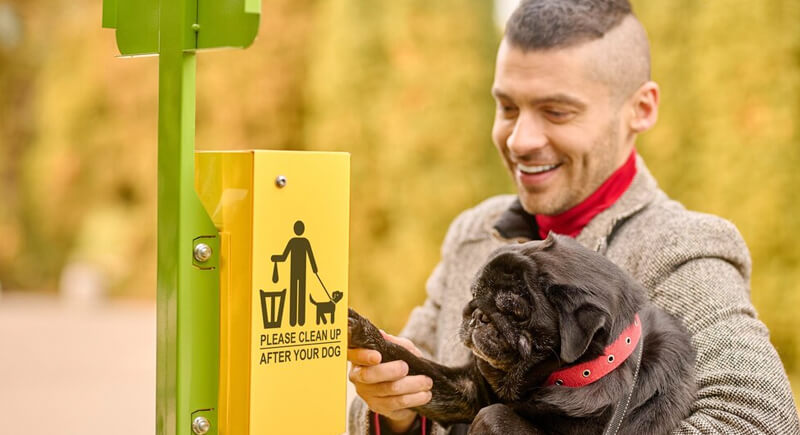
Credit: freepik
As easy as this seems, some pet parents break this rule. Being a responsible parent means cleaning up after your pet after they relieve themselves. Local regulations vary widely—some areas have strict waste disposal guidelines—and following them shows respect for the community.
Keep Their Routine Consistent

Credit: freepik
Your pets are already used to a familiar schedule, and traveling is bound to disrupt it even slightly. Sticking to your pet’s routine can anchor them in unfamiliar settings. Experienced pet parents swear that predictable walks and meal times can help preserve a sense of normalcy.
Monitor Your Pet for Stress During Travel
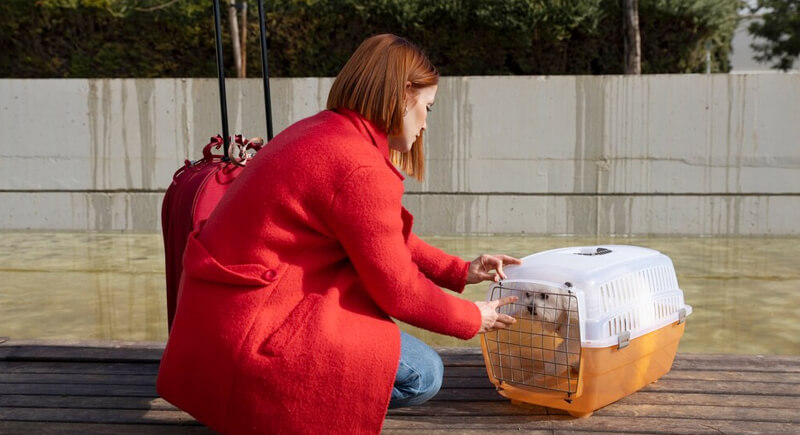
Credit: freepik
Travel can be overwhelming for pets, and new sights, sounds, and smells can trigger stress. Watch for signs like excessive panting or whining that your pet needs a break or reassurance. Staying attuned to your pet’s behavior ensures you catch any irregularities quickly.
Research Emergency Vet Clinics at Destination

Credit: freepik
Before traveling, research nearby vet clinics or emergency animal hospitals at your destination. A well-rated local vet clinic or hospital can mitigate any mishap or crisis, and knowing where to go saves precious time. This step is precautionary and gives peace of mind in unfamiliar territory.